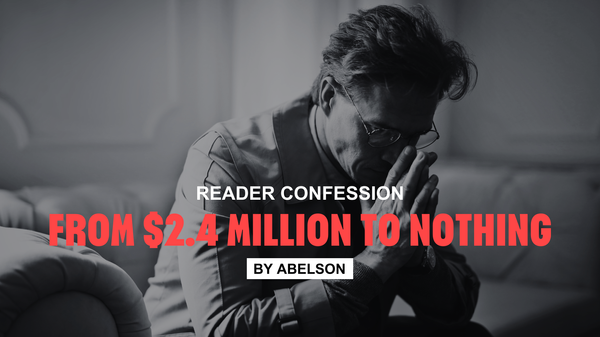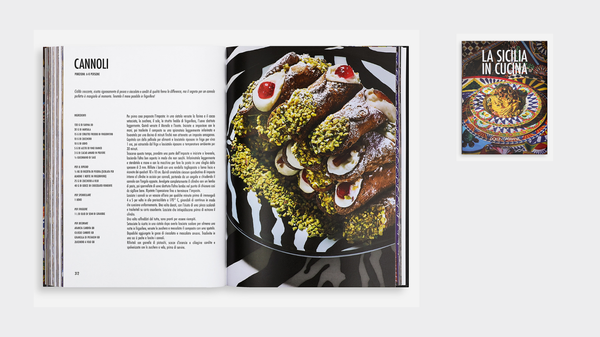What Drives the Obsession with Monochrome Architecture
Monochrome architecture's clean aesthetics, timeless appeal, and focus on simplicity reflect a cultural shift towards minimalism and sustainability.

Monochrome architecture, with its clean lines, minimalist aesthetics, and bold use of black, white, and grey, has become a dominant trend in both contemporary design and urban landscapes. But what lies behind this obsession with single-hue structures?
At its core, monochrome architecture speaks to a desire for simplicity and timelessness. In an age overwhelmed by information and visual noise, the use of a singular colour palette offers a visual respite, allowing us to focus on form, texture, and spatial dynamics. The lack of distracting colour helps accentuate the architectural details themselves, highlighting the craftsmanship, symmetry, and interplay of light and shadow. It invites the viewer to appreciate the purest essence of the structure, devoid of embellishments or distractions.

Cultural factors also play a significant role. Modernism, which rose to prominence in the early 20th century, championed functionality over ornamentation. Architects like Ludwig Mies van der Rohe and Le Corbusier pioneered a new aesthetic that favoured clean, uncluttered designs. Their famous mantra, "less is more," resonates today as monochrome spaces convey a sense of sophistication and restraint. In this context, monochrome architecture has become synonymous with modern luxury and minimalism, drawing influence from fashion, technology, and art.


Credit: Parasite Studio
The rise of digital architecture and rendering software has further fuelled this trend. The ease with which architects can experiment with shades of black, white, and grey in a virtual space has given them more freedom to explore abstract forms and unconventional structures. These designs are often intended to stand out in an increasingly crowded urban environment, where a striking, minimalist design can communicate boldness and innovation.

Finally, there is a growing demand for sustainable and adaptive designs. Monochrome architecture lends itself well to eco-conscious buildings, where the focus shifts from ornamental facades to practical, energy-efficient solutions. The neutrality of monochrome allows for seamless integration into natural environments, while the materials used can often be sourced sustainably, further enhancing their appeal.

Ultimately, the obsession with monochrome architecture reflects our collective desire for clarity and sophistication, a visual language that transcends trends and speaks to a deeper cultural movement towards simplicity and sustainability.





